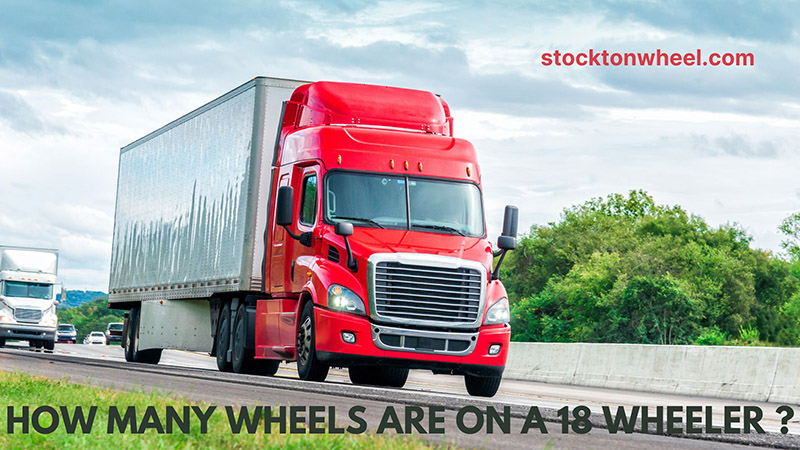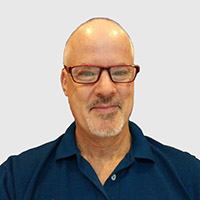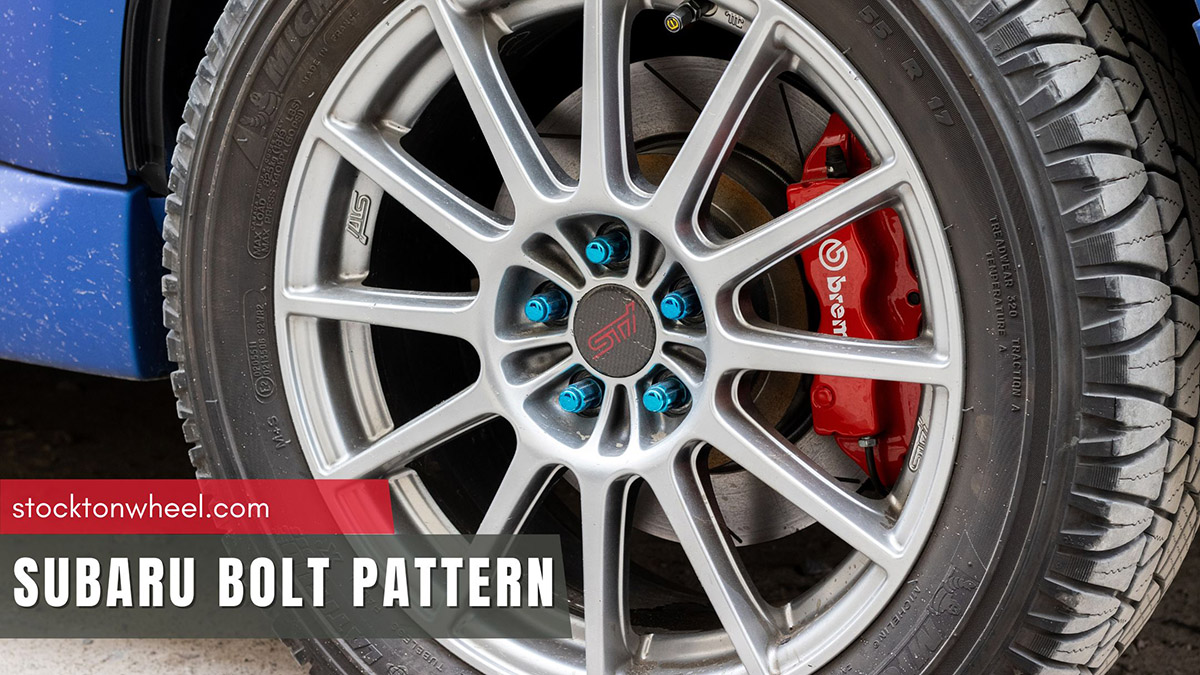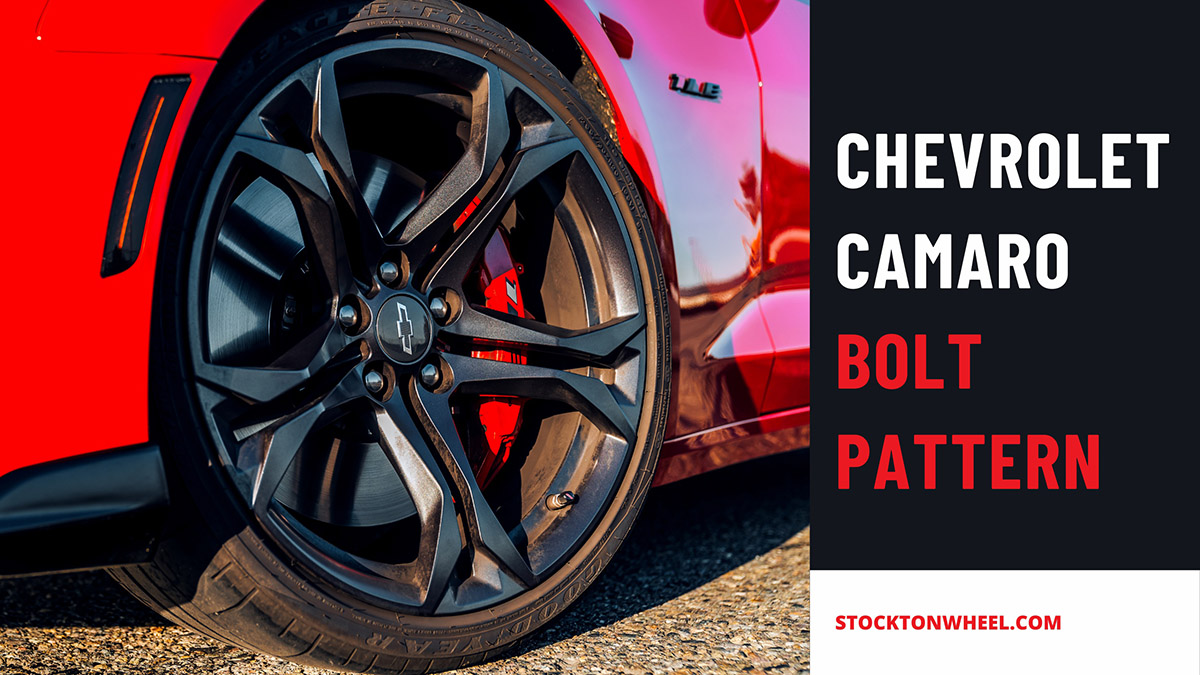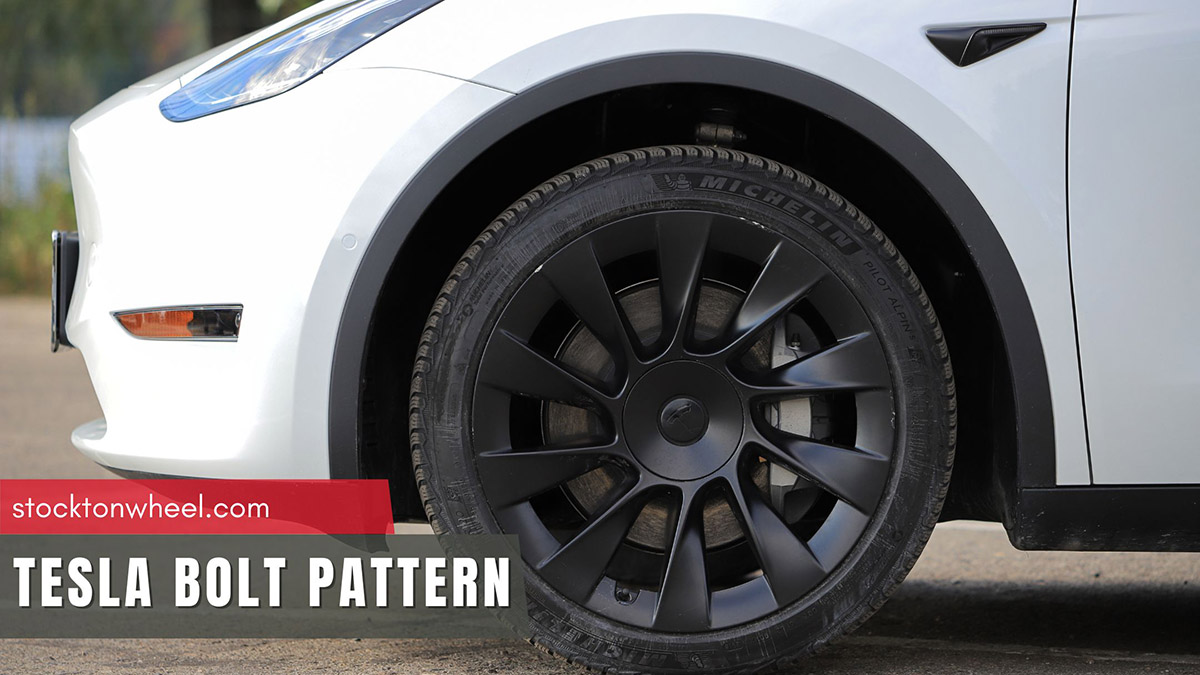The assumption that every car and truck has four wheels is outdated; for decades, large, heavy vehicles and wheelers have incorporated numerous wheel sets to handle capacity and towing demands. The 18-wheeler is no exception.
So how many wheels does a semi-truck like this have? Let me answer this question in these insightful and explorative guidelines; keep scrolling for more info on these rigid vehicles.
How Many Wheels Does An 18 Wheeler Have?
18-wheelers are semi-truck and trailer combinations. As their name suggests quite blatantly, these vehicles have 18 rims/wheels in total – or, more specifically, 10 wheels on the trucks and 8 on the trailers.
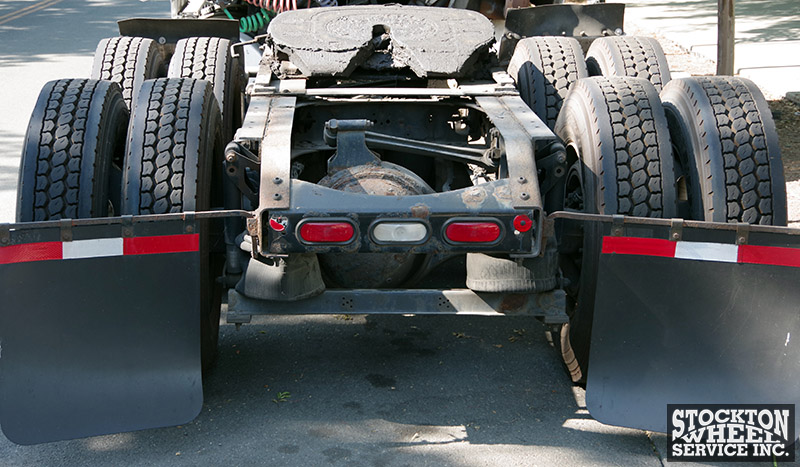
To break it down:
- The semi’s front (steer axles) has 2 wheels (one for each semi-side)
- The semi’s back (front and rear axles) has 8 wheels
- The cargo trailer connecting the semi also has 8 wheels
Add these numbers up, and we got eighteen wheels.
Why Is It Called An 18 Wheeler?
The total of 18 rims explains this moniker.
Certain places do not consider the 8 wheels on the trailer as the main wheels, which explains why some people refer to 18-wheelers as 10-wheelers instead.
And that also leads to widespread confusion as to why an 18-wheeler only has ten front/rear wheels.
Why Were Eighteen-Wheelers Born?

Around 1970, IOS (International Organizations for Standardizations) devised the official containerization standards that concern container lengths, weight, and size. Most chosen containers were 20-40 feet long, with a 40-foot capacity easily handling 60,000 pounds of cargo at maximum.
However, carrying extra, heavy load weights might damage the pavements, which prompted the U.S. Transportation Department to restrict the maximum weight limit on commercial vehicles to:
- 80,000 pounds (gross weight)
- 12,000 pounds (steering axle/ steering wheel)
- 20,000 pounds (single axle)
- 34,000 pounds (tandem unit)
Long story short, more axles and extra wheels were required to abide by the regulations and achieve even weight distribution – while still moving these huge containers back and forth conveniently.
That means:
- A trailer of 60,000 pounds with oversized loads requires at least 12 single tires and three-wheel drive axles.
- Heavier wheeler trucks need the third axle for the trailer’s back, while trailers must gain the second axle for all four wheels.
As such, each trailer axle (out of four) bears four wheels, while the truck’s steering axle installs dual wheels/dual tires. Add up the numbers, and you got 18 wheels; that is how 18-wheelers and conventional semi-truck engines were introduced.
The Benefits of 18-Wheelers/Semi-Trucks

The competitive edges of these combined vehicles are clear as day! This type of truck is designed with specialized features to carry maximum loads and a wide range of products across long distances and challenging road conditions. Cases in point are:
- Spring brakes or electronic brake applications
- Tandem wheels/ drop axles/ rear drive axles
- Double-axle trailer, Truck tire spikes
- Premium fuel tanks/ range splitter/ engine braking
- Ample cargo space/ constant mesh transmission
- Fail-safe design feature/ Driveshaft
Hence, heavy-duty tractors and commercial drivers can foster quick, efficient cargo transportation, significantly reducing the number of back-and-forth trips.
Such efficiency contributes significantly to cost-saving operations – while still abiding by traffic rules and supply chain demands. A huge step up over traditional passenger vehicles and conventional semi-trailer trucks!
How Many Axles Does An 18-Wheeler Have? The Max Vehicle Weight Rating Per Axle?
An 18-wheel semi-trailer has five axles in total and is 70 to 80 feet long. Four are connected to the trailers of these semi-trailer trucks, while the 5th wheel axle is near the driver’s side.
Though the axle’s legal weight limits vary across locations, steering axles should never exceed 12,000 pounds. Meanwhile, the driver and the trailer should weigh under 34,000 pounds to ensure road safety and better fuel economy.
Conclusion
18-wheelers have always raised a lot of questions, but I hope my detailed analysis has managed to verify and debunk some common type of assumptions regarding these cargo/garbage trucks.
If you still feel unsure about these articulated vehicles or worry about truck accident risks on public roads, reach out to me for help.

